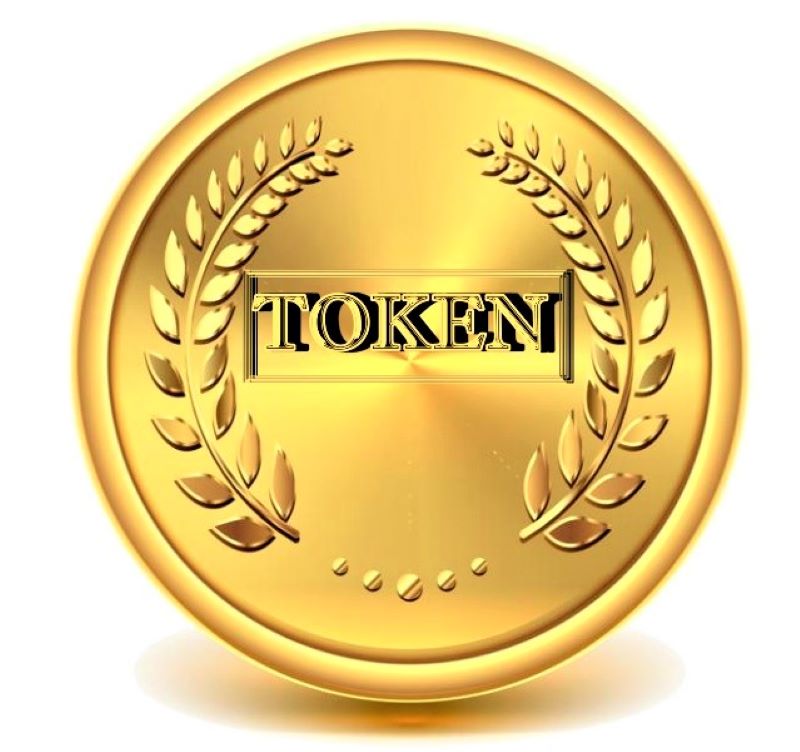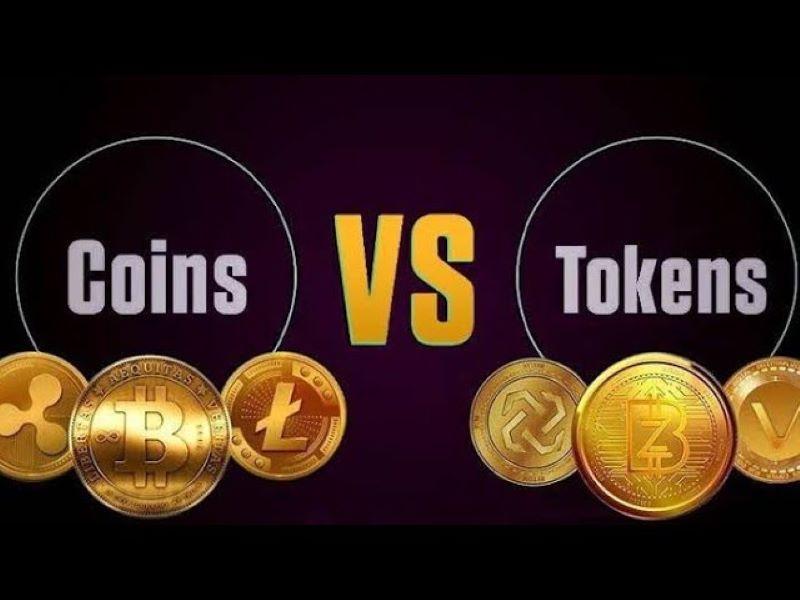As the cryptocurrency market continues to evolve, newcomers often find themselves confused by the terms “Coin vs Token.” Although both are essential components of the digital asset landscape, they serve different purposes and operate on distinct principles. In this article, we will clarify the differences between coins and tokens, helping you make informed decisions as you navigate the exciting world of cryptocurrencies.
What is a Coin?
A coin is a digital currency that operates on its own blockchain. Examples of popular coins include Bitcoin, Ethereum, and Litecoin. Each of these cryptocurrencies functions independently, using its blockchain to verify transactions and maintain a decentralized ledger.
Key Characteristics of Coins
Independent Blockchain: Coins have their own blockchain infrastructure. For instance:
- Bitcoin operates on the Bitcoin blockchain.
- Litecoin operates on its dedicated blockchain.
- Ethereum has its own network that supports its native currency, Ether.
Use Cases: Coins can be used similarly to traditional currency, allowing for:
- Transactions: Sending and receiving payments without intermediaries.
- Store of Value: Holding coins for long-term investment, similar to saving money.
- Medium of Exchange: Using coins to purchase goods and services in various marketplaces.
Examples of Notable Coins
- Bitcoin (BTC): The first and most recognized cryptocurrency, primarily used for transactions and as a store of value.
- Ethereum (ETH): While it functions as a currency, Ethereum also supports smart contracts and decentralized applications (DApps).
- Litecoin (LTC): Often referred to as “silver to Bitcoin’s gold,” Litecoin aims for faster transaction times.
What is a Token?
A token, on the other hand, is created on an existing blockchain through smart contracts. The most widely recognized platform for token creation is Ethereum, which allows developers to build tokens that can serve various functions within decentralized applications.
Key Characteristics of Tokens
- Built on Existing Blockchains: Tokens rely on the infrastructure of established blockchains, such as Ethereum (ERC-20 tokens) or NEO (NEP-5 tokens).
- Diverse Use Cases: Tokens often serve specific purposes within their ecosystems, including:
- Access to Services: Some tokens provide holders with access to specific features or services within a DApp.
- Representation of Assets: Tokens can represent physical or digital assets, making them useful in real estate, art, and more.
Examples of Notable Tokens
- Tether (USDT): A stablecoin pegged to the US dollar, commonly used for trading and reducing volatility.
- Chainlink (LINK): A token that connects smart contracts with real-world data, enhancing the functionality of DApps.
- Uniswap (UNI): A governance token for the Uniswap decentralized exchange, allowing holders to participate in decision-making.
Key Differences Between Coin vs Token
Understanding the distinctions between Coin vs Token is crucial for anyone entering the cryptocurrency space. Here are the main differences:
| Feature | Coin | Token |
|---|---|---|
| Blockchain | Operates on its own blockchain | Built on existing blockchains |
| Purpose | Primarily a medium of exchange | Often serves specific functions within DApps |
| Use Cases | Transactions, store of value | Access to services, asset representation |
| Examples | Bitcoin, Ethereum, Litecoin | Tether, Chainlink, Uniswap |
The distinction between Coin vs Token is essential for investors, developers, and users alike. Recognizing these differences can guide your investment choices and help you understand the functionality of various digital assets. For example, if you’re looking for a store of value, you might prefer coins like Bitcoin. Conversely, if you’re interested in utilizing decentralized applications, tokens may be the better option.
The dynamics of Coin vs Token also impact market behavior. Coins are often viewed as stable assets that can be held long-term, while tokens may experience more volatility due to their reliance on specific projects or platforms. Understanding these dynamics is critical for risk management and investment strategy.
Common Misconceptions
Coin vs Token: The Confusion
Many newcomers mistakenly use the terms coin and token interchangeably. This confusion can lead to poor investment decisions and a misunderstanding of how these digital assets function. It’s essential to grasp their unique characteristics to navigate the market effectively.
The Role of Utility Tokens
Another common misconception is that all tokens are the same. Utility tokens, for example, are designed for specific use cases within their ecosystems, while security tokens may represent ownership in a project or company. Understanding these nuances is vital for any investor.
In summary, understanding the differences between Coin vs Token is fundamental for anyone venturing into the world of cryptocurrencies. Coins operate on their own blockchains and serve primarily as a medium of exchange, while tokens are created on existing platforms and can have various applications. As the market continues to grow and evolve, being informed about these concepts will empower you to make more strategic investment decisions.
By grasping the distinctions between coins and tokens, you can better navigate the rapidly changing landscape of cryptocurrency, identifying opportunities that align with your investment goals. Whether you choose to invest in coins, tokens, or both, knowledge is your best tool in this dynamic market.
Discover more about cryptocurrency and stay updated on the latest trends! Visit Coinls now to explore valuable resources, expert insights, and tools to enhance your investing journey.


